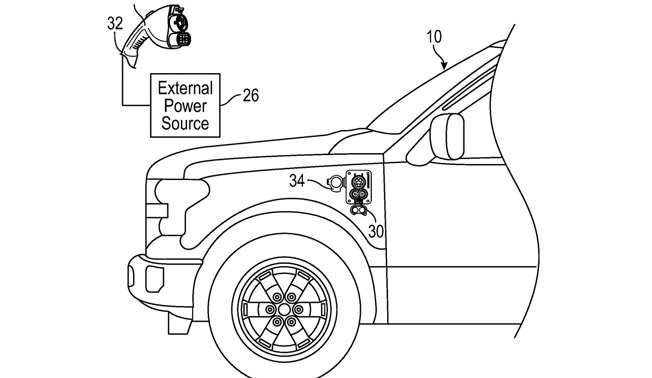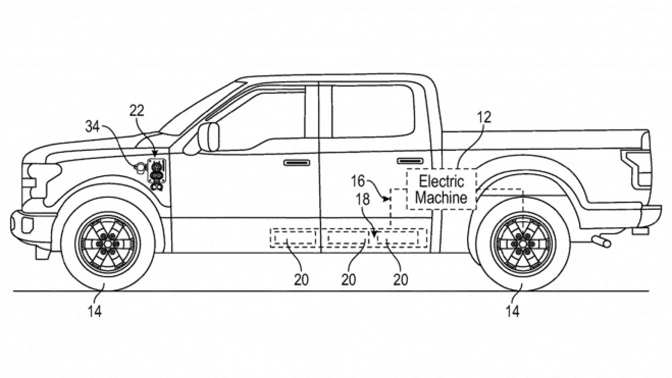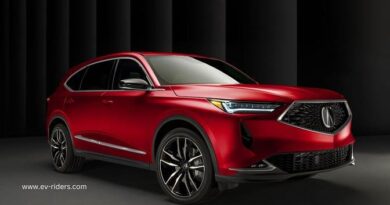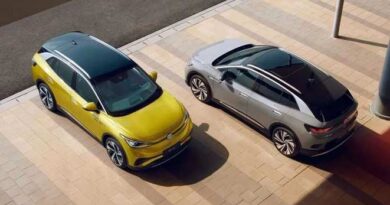Ford electric cars could shorten recharging time by applying the solution in this patent.
Ford electric cars could shorten recharging time by applying the solution in this patent.
The North American firm’s zero-emission vehicles continue to be behind the competition.

The patent displayed below started to take shape almost four years ago, although Ford only recently formally published it in the US equivalent body.
It is commonly known that the North American manufacturer’s electric vehicles run on a 400-volt platform, which is lower than the 800-volts provided by its immediate competitors in the market, such as Tesla, Hyundai, and Kia.
In terms of the amount of time required to charge the battery pack’s cells fully, it is a disadvantage. Alternatively, it sets a maximum charging power limit, which puts it below what its rivals can achieve.
The patent was just released a few days ago, so Ford may soon experience a shift in this. The idea of the oval brand differs slightly from an 800-volt construction.
They want two 400-volt battery packs connected in series when recharging the vehicle and in parallel when the car is commonly used. That will allow them to achieve the desired voltage duplication.
Sketches of Ford’s official paperwork to the US Patent Office indicate at least that. Moreover, this kind of battery arrangement would not be novel in the business, as GMC’s electric Hummer previously employed it for a comparable function.

Sketches of Ford’s official paperwork to the US Patent Office indicate at least that. Moreover, this kind of battery arrangement would not be novel in the business, as GMC’s electric Hummer previously employed it for a comparable function.
It should be noted that the Mustang Mach-e may now use direct current (DC) outlets to charge a typical 70 kWh battery to a maximum power of 110 kW. The maximum power output of the most extensive package, 91 kWh, is 150 kW.
In contrast to models like the Hyundai Ioniq 5, which can charge from 10% to 80% of the whole battery capacity in less than 20 minutes thanks to its 800-volt platform, this enables the electric battery cells to be charged between 20% and 80% of the total in less than 30 minutes. Only DC outlets with a maximum supported power of 240 kW can be used for charging.
Furthermore, these load statistics are improved by other manufacturers like Lucid or Porsche. The new Taycan is the quickest, supporting charging powers of up to 320 kW.
Ford may get back to us soon with this already patented innovation, which needs to happen somehow so that Ford’s zero-emission range can compete with its competitors.
Related Post



